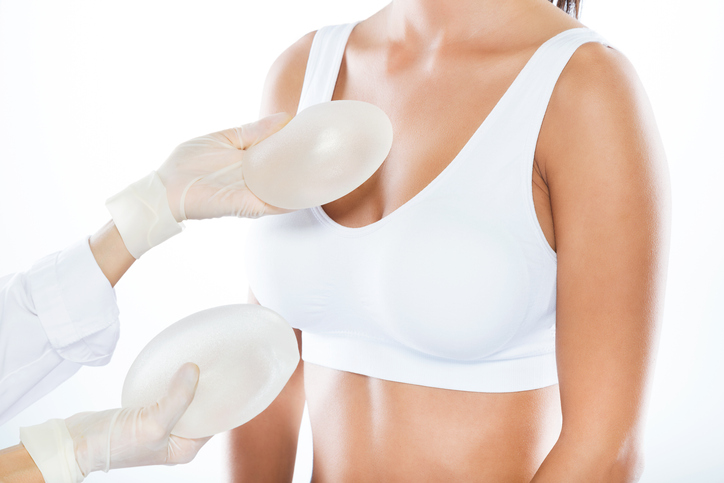Breast Augmentation
Overview
 If you want to enhance the size, contour, and feel of your breasts, breast augmentation surgery may be right for you. The goal of breast augmentation is to use implants to create fuller, more natural-looking breasts to boost your self-confidence and to give your clothes a better fit.
If you want to enhance the size, contour, and feel of your breasts, breast augmentation surgery may be right for you. The goal of breast augmentation is to use implants to create fuller, more natural-looking breasts to boost your self-confidence and to give your clothes a better fit.
Also called breast enlargement surgery, the procedure will:
- Increase breast size in women who feel their breasts are too small
- Increase breast volume that has been lost as a result of aging, weight loss, or breast feeding and pregnancy
- Correct slightly sagging breasts (For most women with noticeable sagging breasts, however, a Breast Lift or Breast Lift With Implants is required)
- Restore breasts to a normal appearance after mastectomy (see Breast Reconstruction)
Breast augmentation used to be very painful during the first few days of recovery. At Summit Health, we have developed a set of protocols to limit the pain and discomfort from this procedure. These protocols involve providing medications before, during, and after the breast augmentation procedure, as well as optimizing our patient care. We also use nerve block techniques to numb the area of the operation before we even start it. As a result, most of our patients tell us that they only require minor quantities of pain medication for a couple of days. Some patients take no pain medications at all!
Since we perform a large number of breast reconstruction surgeries after breast cancer, we are very familiar with the problems that can come up in the short term or long term after breast implant surgery. These include breast implant deflation (rupture) and capsular contracture (also known as “Cap Con”). This has allowed us to develop safeguards to avoid such complications.
“I recently had cosmetic surgery with Dr. Hyans. I was extremely nervous about the whole process, but his extensive knowledge and the ease that he and his staff put me at, helped me move forward with breast augmentation. I am more than happy with only one regret … that I didn’t do it sooner.”








